How Close Can You Sail to Cuba without Trouble?
Navigating the waters around Cuba can be tricky, especially if you're not familiar with the local laws and regulations. There are certain areas around Cuba's coastline that you should avoid or approach with caution. So if you're planning to sail near Cuba, let's first explore the regulations and find out how far you can safely sail without any trouble.
You can't go further than Cuba's 12-nautical-mile limit without authorization from their government. When you enter this zone, you will be penalized for violating international law. However, you can freely navigate Cuba's contiguous zone, which extends up to 24 nautical miles from the base, over which they have limited control.
Cuba also has an exclusive economic zone (EEZ) which is an area of water extending up to 200 nautical miles from Cuba's baseline. Within this zone, Cuba has special rights to the natural resources, but it does not have sovereignty over the waters and must allow freedom of navigation. Let's get to know more about this country's maritime boundaries to avoid any trouble with the authorities.
Summary
- You can be fined, imprisoned, or have your vessel seized or confiscated if you sail within the 12-nautical-mile limit of Cuba.
- The contiguous zone serves as a buffer between Cuba's territorial waters and the high seas, providing additional protection for its maritime borders.
- Any foreign boats must comply with certain regulations and obtain permits from the Cuban government for activities such as fishing, research, and oil exploration within their exclusive economic zone.
- You must follow protocols imposed by the Cuban Navy and Coast Guard and have the necessary documents and permits on hand to sail without trouble near Cuba.
- The best time of year to sail near Cuba is from December to April, when the weather is dry and the winds are calm.
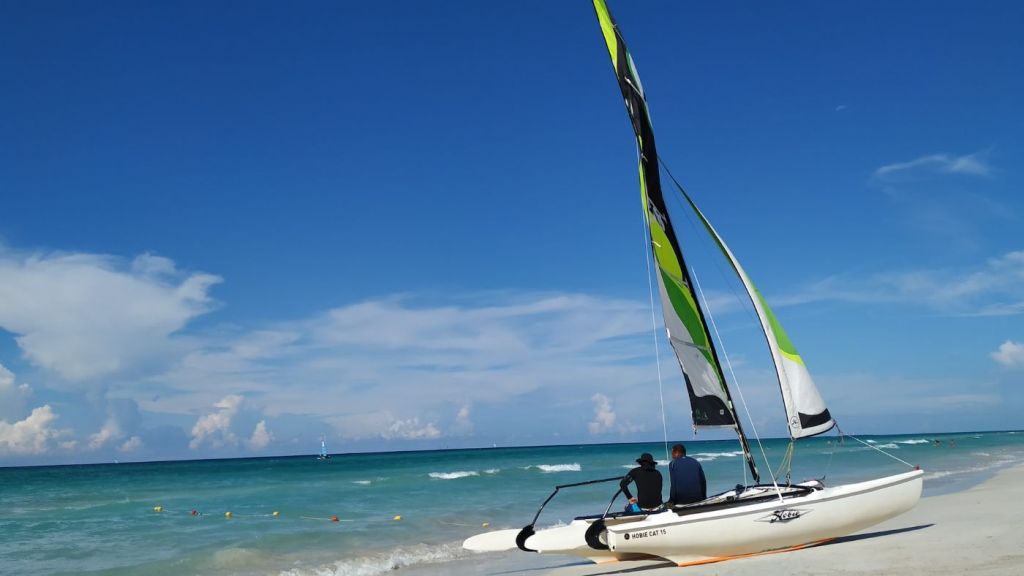
On this page:
Understanding Cuba's Maritime Boundaries
The table below summarizes the different zones you need to be aware of to avoid any trouble with the authorities when sailing near Cuba:
| Zone | Distance from Cuba's baseline | Sovereignty | Control | Restrictions on navigation |
|---|---|---|---|---|
| 12-Nautical Mile Limit | 12 nautical miles | Full | Full | Yes |
| Contiguous Zone | 12-24 nautical miles | None | Limited (customs, immigration, pollution, etc.) | No |
| Exclusive Economic Zone | Up to 200 nautical miles | None | Special rights to explore, exploit, and manage natural resources | No |
You can't go over the 12-nautical mile limit
The 12-nautical mile limit is the area of water surrounding Cuba that is considered its territorial sea. Within this zone, Cuba has full sovereignty and control over the waters, including the air space above and the seabed below. If you sail within this limit, you are entering Cuban waters and must comply with their laws and regulations.
The 12-nautical mile limit of Cuba has since been a point of contention with the United States. The US government has maintained a trade embargo against Cuba since the 1960s and has also imposed restrictions on American citizens traveling to Cuba. In recent years, however, there have been efforts to improve relations between the two countries, and some of these restrictions have been lifted.
Violating the 12-nautical mile limit around Cuba can lead to serious legal consequences. If a vessel is found to have entered Cuban waters without permission, the Cuban government may impose fines and other penalties.
In addition to fines, vessels that violate the 12-nautical mile limit may be subject to seizure or confiscation by the Cuban government. This means that the vessel could be taken by Cuban authorities and held until the situation is resolved. In some cases, vessels may be sold off by the Cuban government to cover any fines or other costs associated with the violation.
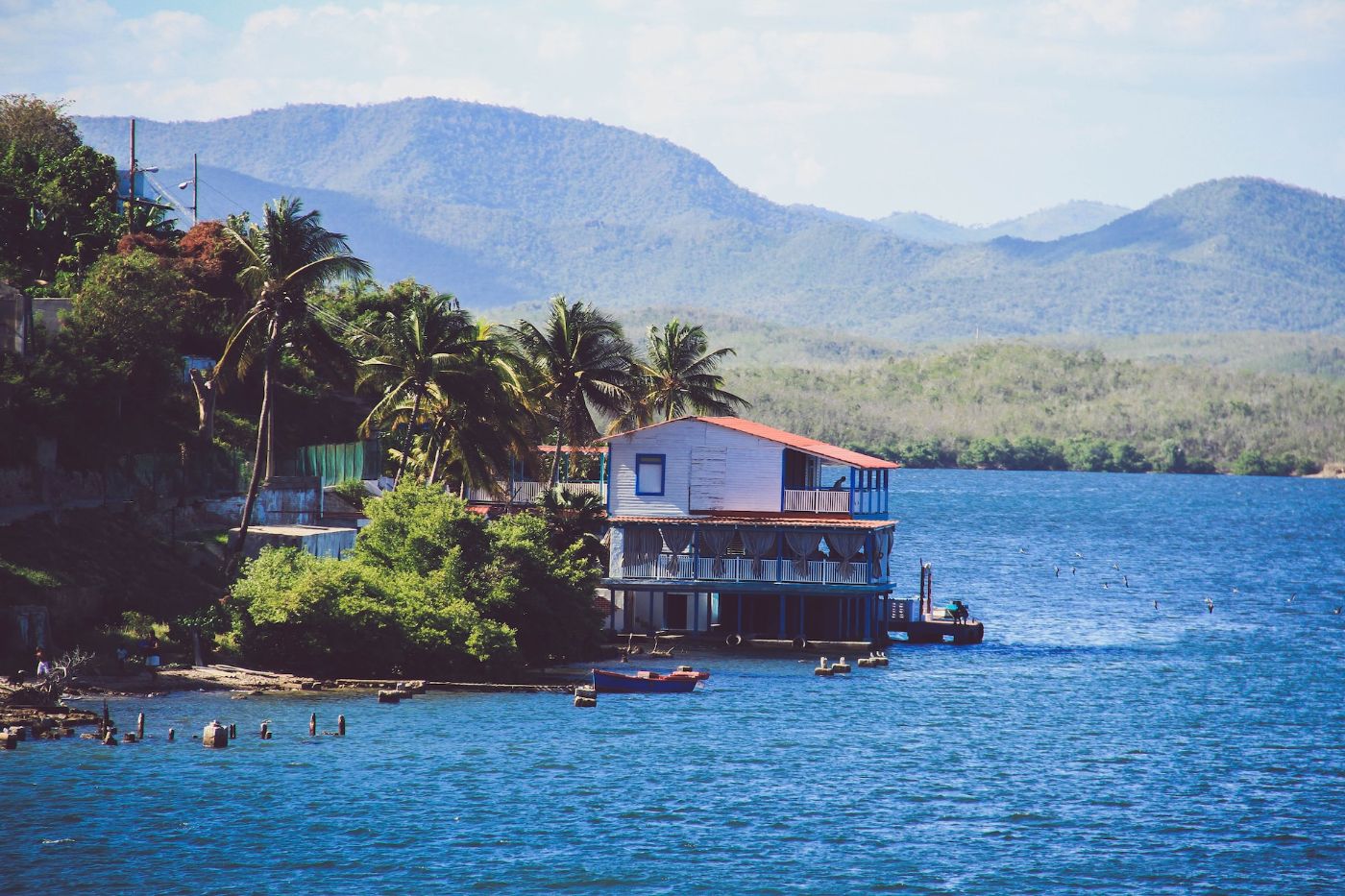
Other legal consequences of violating the 12-nautical mile limit may include imprisonment or other criminal charges. This is particularly true if the vessel is found to have engaged in illegal activities, such as drug trafficking or human smuggling. In such cases, the crew members and passengers on board the vessel may also face legal consequences.
You can freely sail in the contiguous zone but with caution
The contiguous zone is a maritime zone that extends beyond a country's territorial waters, which usually extend 12 nautical miles from the country's coastline. The contiguous zone extends up to 24 nautical miles from the country's baseline, which is the line that marks the low-water line along the coast.
Within the contiguous zone, a country has limited control over certain activities, such as customs, immigration, and pollution. For example, a country may have the right to enforce its customs laws within this zone, but it cannot restrict freedom of navigation.
In addition to the limited control over activities, Cuba also has the right to prevent and punish infringement of its customs, immigration, fiscal, and sanitary laws and regulations within the contiguous zone. This means that Cuba can take legal action against any vessel that violates its laws and regulations within this zone, such as in the following cases:
-
If a foreign vessel enters the contiguous zone without proper clearance from Cuban authorities, Cuba has the right to take legal action against the vessel and its crew for violating its immigration laws.
-
If a vessel is found to be carrying illegal drugs or contraband within the contiguous zone, Cuba can take legal action against the vessel and its crew for violating its customs laws.
-
If a vessel is found to be discharging pollutants or waste within the contiguous zone, Cuba can take legal action against the vessel and its crew for violating its environmental regulations.
-
If a vessel is found to be engaged in illegal fishing activities within the contiguous zone, Cuba can take legal action against the vessel and its crew for violating its fisheries laws.
Furthermore, the zone also serves as a buffer between Cuba's territorial waters and the high seas, providing additional protection for its maritime borders.
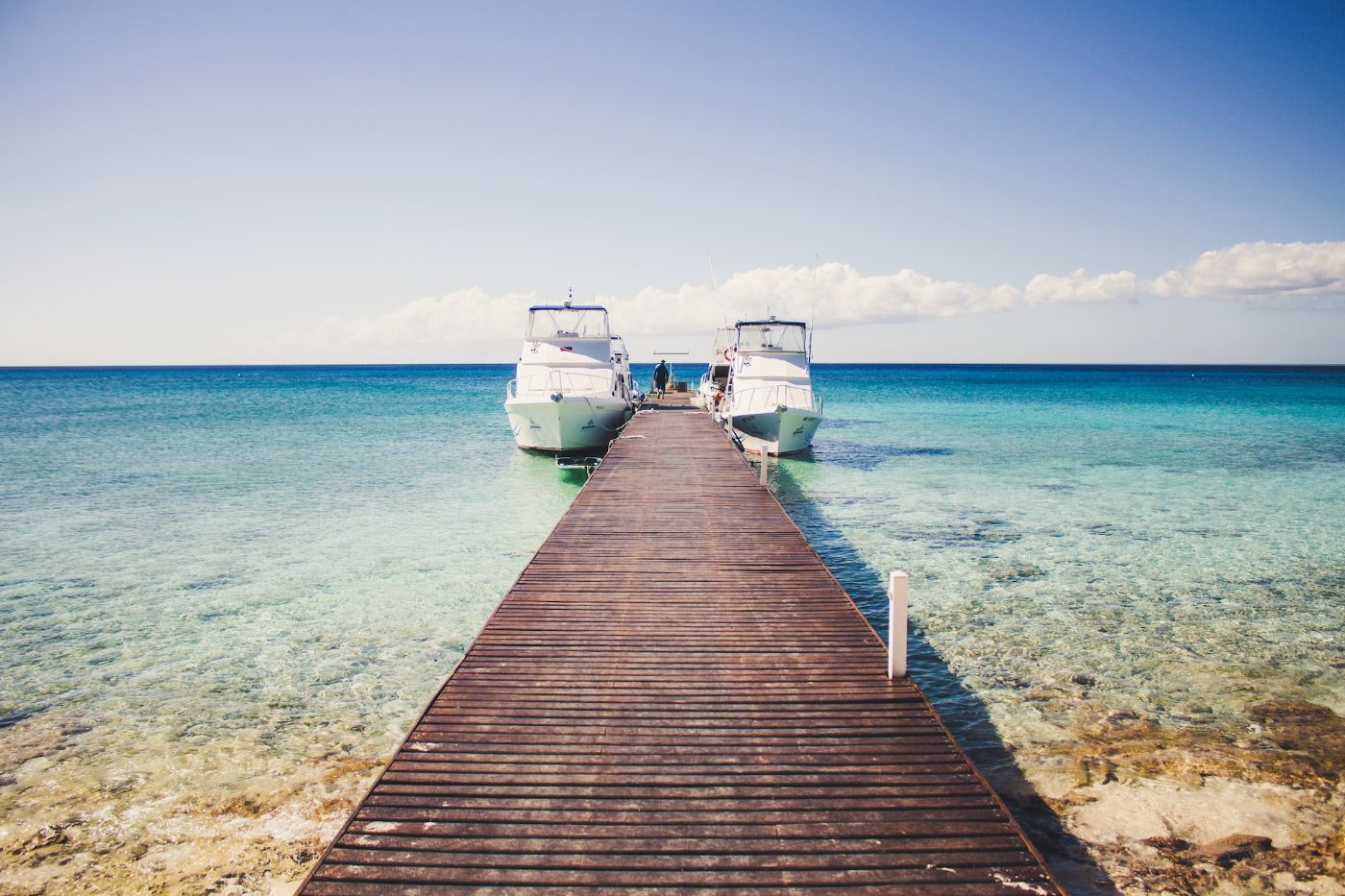
Anyone can sail around Cuba's exclusive economic zone
The exclusive economic zone (EEZ) is the area of water extending up to 200 nautical miles from Cuba's baseline. Within this zone, Cuba has special rights to explore, exploit, and manage the natural resources, including fish stocks and oil reserves. However, they do not have sovereignty over the waters and must allow freedom of navigation.
In addition to the rights to natural resources, Cuba also has the responsibility to manage and conserve the marine environment within its EEZ. This includes protecting endangered species, preventing pollution, and ensuring sustainable use of resources.
The EEZ of Cuba covers approximately 112,000 square kilometers and is an important area for fishing and oil exploration. The Cuban government has been working to develop its offshore oil industry but has faced challenges due to the US embargo and limited technology and infrastructure.
Anyone can sail around the exclusive economic zone of Cuba, as it is considered international waters. However, foreign vessels must comply with certain regulations and obtain permits from the Cuban government for activities such as fishing, research, and oil exploration.
The Cuban government also has the right to regulate and monitor activities within its EEZ to ensure compliance with international laws and regulations. Additionally, foreign vessels must respect the rights of Cuban vessels and avoid any actions that could pose a threat to the marine environment or the safety of navigation.
If you want to know more about the challenges of sailing in the EEZ, this article is for you.
Regulations When Sailing Near Cuba
If you are planning to sail near Cuba, there are certain regulations you need to follow to avoid any trouble:
Follow protocols imposed by the Cuban Navy and Coast Guard
The Cuban Navy and Coast Guard are responsible for enforcing maritime laws and regulations in Cuban waters. They have the authority to board and inspect any vessel within 12 nautical miles of the Cuban coast, and up to 24 nautical miles in certain areas. If you are found to be in violation of any regulations, you may be subject to fines, detention, or other penalties.
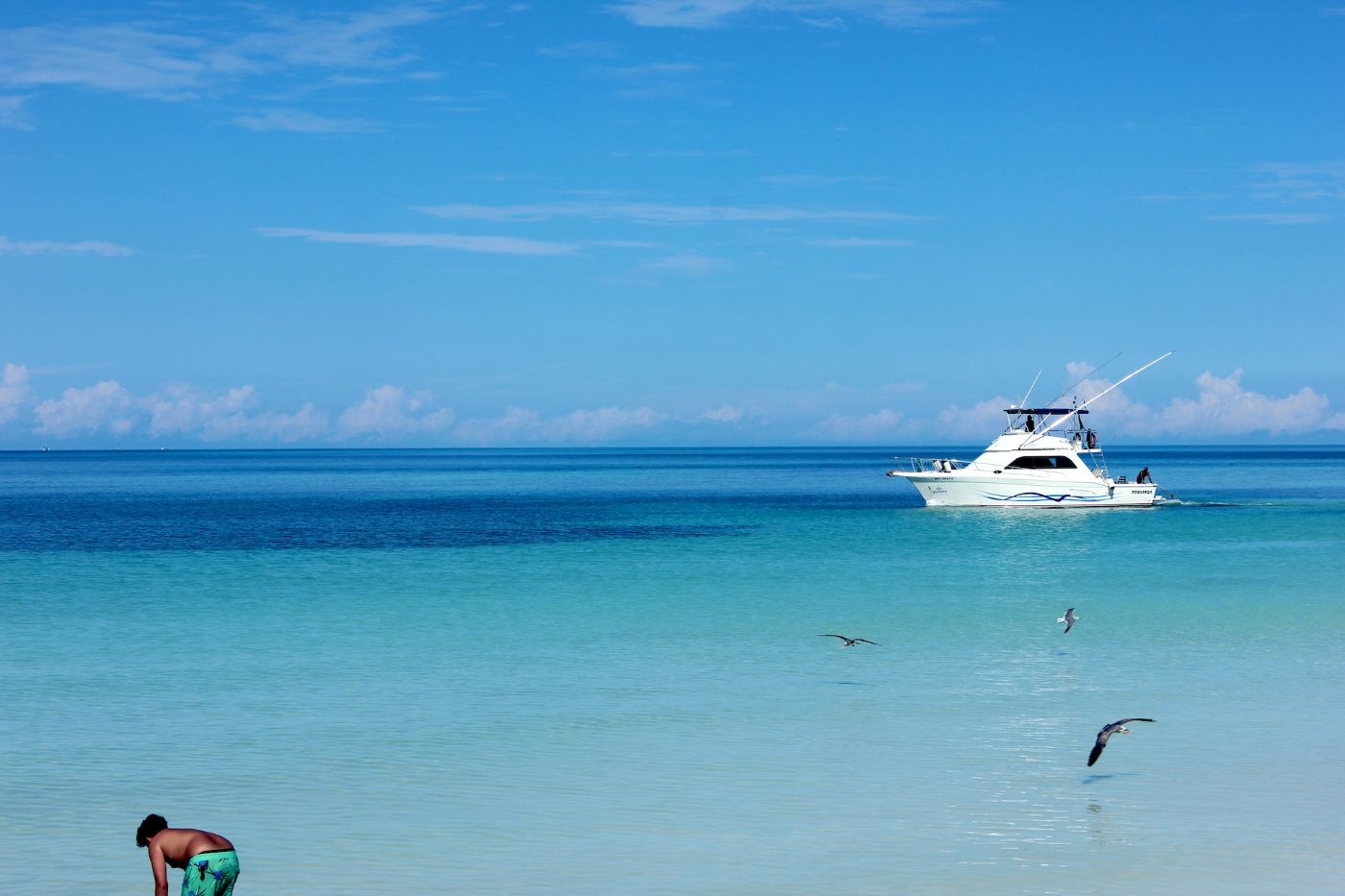
To avoid any issues with the Cuban Navy and Coast Guard, it is important to respect their authority and follow their instructions. If you are approached by a Cuban vessel, you should stop your boat and wait for them to come alongside. Be polite and cooperative, and provide them with any information or documents they request.
Prepare the required documents and permits on hand
To sail near Cuba, you will need to have the following documents and permits:
- A valid passport for each person on board
- A valid boat registration
- A cruising permit
- A fishing permit (if you plan to fish in Cuban waters)
- A radio license (if you have a radio on board)
You will also need to declare any firearms or other weapons on board and obtain permission to bring them into Cuban waters. It is important to note that some types of weapons may be prohibited in Cuba.
Before entering Cuban waters, you should contact the Cuban authorities to obtain the necessary permits and clearances. You can do this through a Cuban consulate or embassy, or through a licensed travel agent.
Tips For Navigating Cuba's Waters
Here are some tips to help you navigate Cuba's waters safely and respectfully:
Safe navigation practices when sailing near Cuba
When sailing near Cuba, you need to practice safe navigation techniques, such as the following:
- Be sure to keep an eye out for other boats, as well as hazards such as reefs and rocks.
- Always follow the rules and be prepared to adjust your course if necessary.
- Make sure to have all the necessary safety equipment on board, including life jackets, flares, and a first aid kit
- Have a VHF radio on board so you can communicate with other boats in the area.
Here's an ultimate checklist of safety essentials that a boat must possess when sailing.
Cultural considerations you should know when you're in Cuba
The following are examples of cultural considerations you must be aware of when you reach Cuban waters:
-
Language: Spanish is the official language of Cuba, so it's helpful to learn some basic phrases before arriving. This can help you communicate with locals and show that you respect their culture.
-
Music and dance: Cuba is known for its lively music and dance scene, so you may want to take the time to experience it while you're there. However, be aware that there are certain dance styles that may be considered inappropriate or offensive in Cuba, so try to be respectful and observe local customs.
-
Food and drink: Cuban cuisine is rich and flavorful, but you still need to be mindful of food and drink safety. Avoid drinking tap water and be cautious of street food vendors. Additionally, be aware that Cuban culture values sharing food and drink, so it's considered polite to offer to share with others.
-
Religion: Cuba has a rich religious history, with a blend of Catholicism and African religions. Always be respectful of religious sites and customs, and avoid taking photos or being disruptive during religious ceremonies.
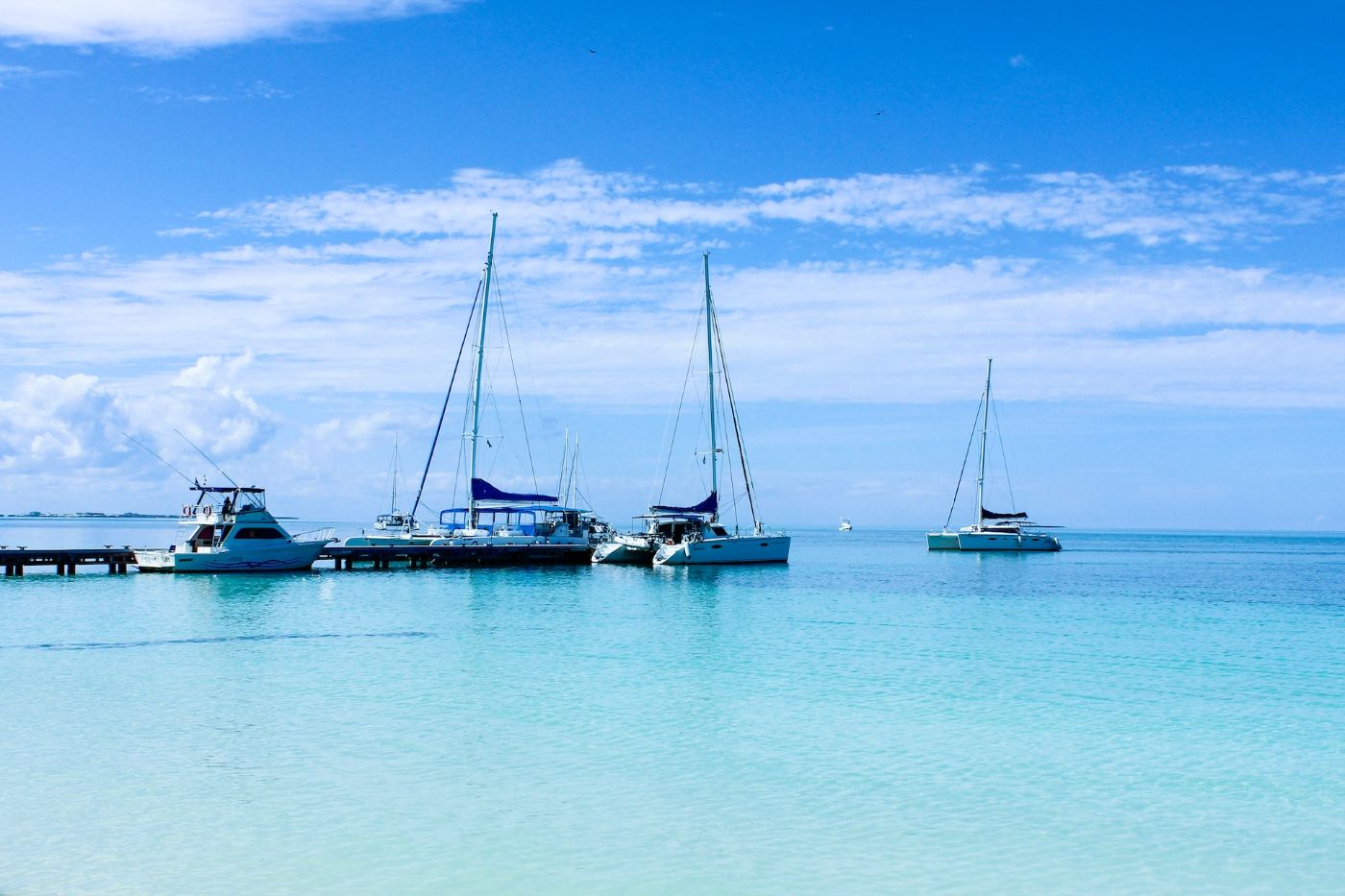
Best time of year to sail near Cuba
The best time of year to sail near Cuba is from December to April when the weather is dry and the winds are calm. During the summer months, there is a higher chance of hurricanes and tropical storms, so it's best to avoid sailing during this time.
The peak tourist season in Cuba is from December to March, so expect more crowds and higher prices during this time. If you prefer a quieter experience, perhaps consider sailing during the shoulder season from April to June or November.
Cuba is part of the Caribbean, so if you want to have an in-depth knowledge of the best times to sail around the Caribbean, you can read this article.
Did you find the answer to your specific question?
👍 1 👎 0
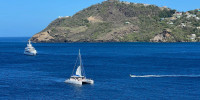
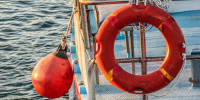
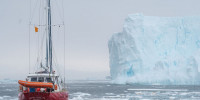
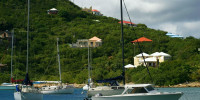
Leave a comment